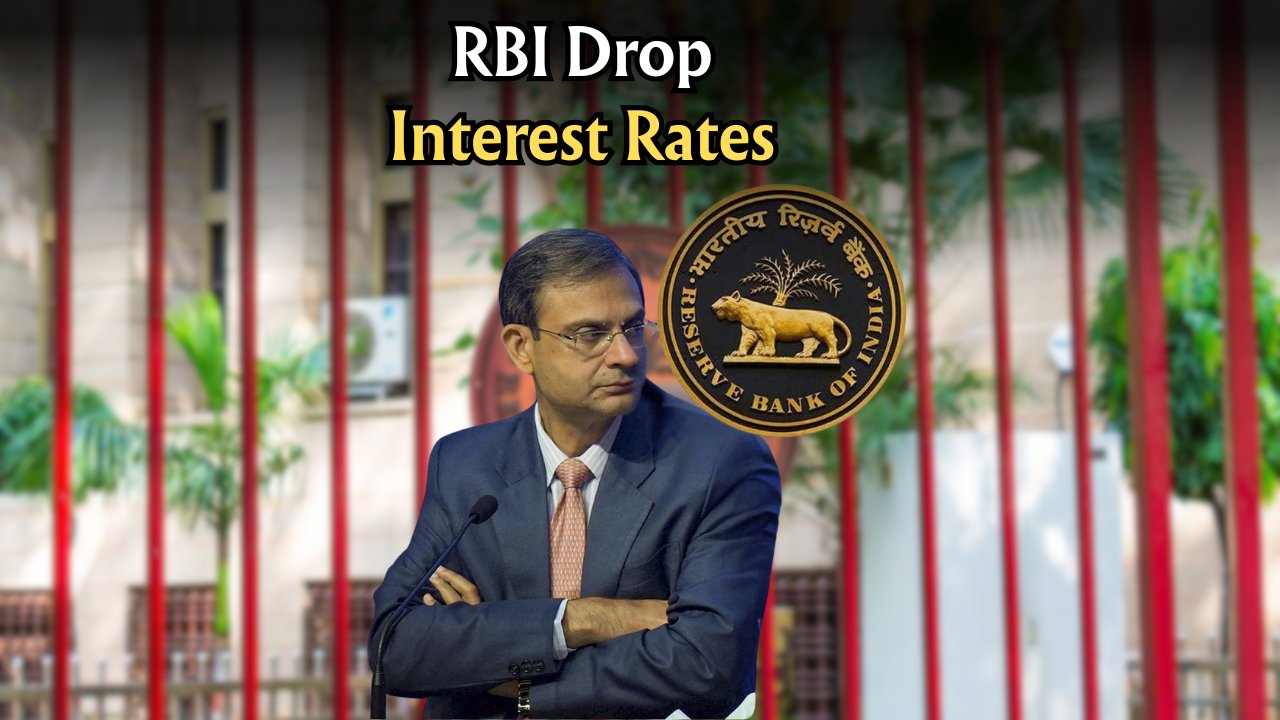The Reserve Bank of India (RBI) has recently cut interest rates to make borrowing cheaper for individuals and businesses. This step is aimed at supporting the economy by encouraging more spending and investment. The main reasons behind this rate cut include slowing economic growth, low inflation trends, and a need to boost consumer demand.
What Does It Mean for You?
When the RBI reduces its repo rate (the rate at which it lends money to banks), commercial banks often pass this benefit to customers. This means that loans become cheaper, monthly installments (EMIs) go down, and more people can afford to borrow money for homes, cars, education, or personal needs.
Lower EMIs and Cheaper Loans
Thanks to the interest rate cut, your EMIs may now be lower. For instance, a ₹30 lakh home loan could now cost ₹900–₹1,100 less per month. Here is a quick overview of the potential savings:
Also Read:
 FD Investment of ₹1,00,000 Gives ₹16,022 Return: Best Bank Options Explained in Simple Terms
FD Investment of ₹1,00,000 Gives ₹16,022 Return: Best Bank Options Explained in Simple Terms
| Loan Type | Old Rate | New Rate | EMI Savings (₹30 lakh loan) |
|---|---|---|---|
| Home Loan | 9.00% | 8.50% | ₹900–₹1,100 |
| Car Loan | 9.50% | 9.00% | ₹400–₹600 |
| Personal Loan | 12.00% | 11.50% | ₹700–₹900 |
| Education Loan | 10.00% | 9.50% | ₹300–₹500 |
| Business Loan | 13.00% | 12.50% | ₹1,000–₹1,200 |
| Gold Loan | 11.00% | 10.50% | ₹500–₹700 |
| Loan Against Property | 11.50% | 11.00% | ₹700–₹1,000 |
Banks That Have Already Reduced Rates
Many major banks have already lowered their home loan interest rates. Here are some examples:
| Bank Name | Old Rate | New Rate | Effective From |
|---|---|---|---|
| SBI | 9.15% | 8.65% | Immediate |
| HDFC Bank | 9.20% | 8.70% | Next Month |
| ICICI Bank | 9.25% | 8.75% | Immediate |
| Axis Bank | 9.30% | 8.80% | After One Week |
| Kotak Mahindra Bank | 9.35% | 8.85% | Next Month |
| PNB | 9.10% | 8.60% | Immediate |
| Bank of Baroda | 9.25% | 8.75% | Immediate |
Note: Final interest rates may depend on your credit score and loan duration.
How Different Borrowers Will Benefit
Homebuyers:
Lower EMIs will make homes more affordable. Builders may also offer additional discounts to attract buyers.
Students:
Education loans will become easier to get. Monthly repayments after studies will also be lower, reducing stress for young graduates.
Business Owners:
With cheaper loans, businesses can invest more in expansion, equipment, or hiring, which helps grow profits.
Personal Loan Seekers:
Lower rates mean more affordable financing for emergencies, weddings, or travel.
Smart Tips to Maximize This Benefit
Refinance Existing Loans:
Contact your bank to see if they can reduce your current loan rate, or transfer your loan to a bank offering lower rates.Prepay High-Interest Loans:
Use the savings from lower EMIs to repay your loans faster, reducing your total interest burden.Compare Loan Offers:
Don’t accept the first offer. Compare different banks’ interest rates, processing fees, and terms.Negotiate Better Terms:
If you have a good credit score, use it to your advantage by asking for better loan terms.Maintain a Good Credit Score:
A higher score increases your chances of getting lower interest rates and better offers.
Will Rates Drop Further?
Experts suggest that interest rates may stay low or drop slightly more if economic growth remains slow. However, global economic trends, inflation, and government policies will play a key role.
If you’re going for a floating-rate loan, you might benefit even more in the future.
Fixed-rate loans may not offer the same flexibility if rates drop further.
Conclusion
The RBI’s decision to reduce interest rates is great news for both consumers and businesses. Whether you’re planning to buy a house, start a business, or fund your education, now is a good time to consider borrowing. However, always plan your finances carefully and borrow only what you can comfortably repay.
